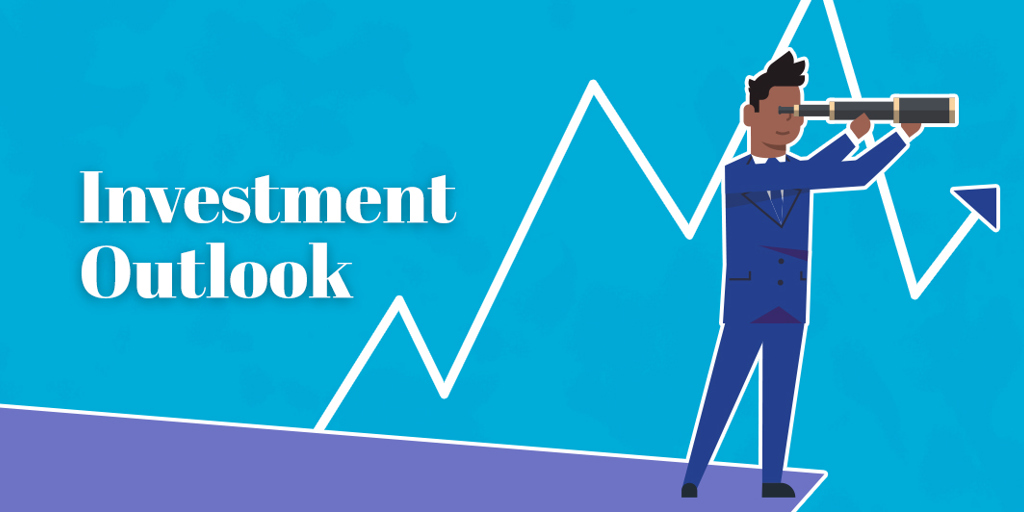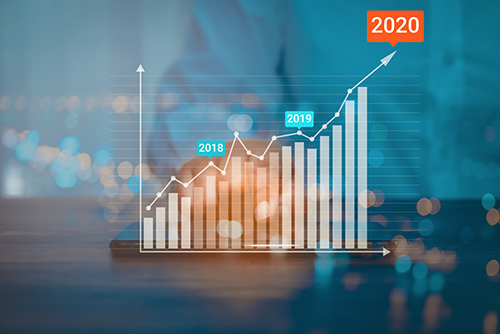


Investment Outlook
Here’s an interesting nugget that was buried on page R5 of the October 1, 2019, Wall Street Journal: If you invested just $1,000 in the S&P 500 index on January 1, 1970, today you would have $138,908. That’s the power of long-term compounding. Of course, you would have needed considerable courage to not sell that holding during the several market corrections that have occurred since 1970. The Journal also revealed that if you missed only the 15 best trading days of that 49-year period, your accumulation would be cut by well over half, to $52,246.
Stock prices have been quite volatile recently. Happily, much of the volatility in 2019 has been on the upside, as the S&P 500 rose 19% through the first three quarters of the year. The question investors must reckon with is how much upside is left? The cyclically adjusted price-earnings ratio calculated by economist Robert Shiller stands at 28.95, quite high by historical standards. The ratio peaked at 32.56 in 1929, before the great crash, and at 44.20 in 1999 before the bursting of the dot-com bubble. P/Es this high don’t necessary mean that a correction is coming, but they do suggest that there is not much room left for price growth absent some remarkably good earnings news.
Interest rates are falling, thanks to two rate cuts from the Federal Reserve. One wonders just how far they may fall. Some $15 trillion of government debt now has negative yields—that means lenders are paying borrowers to take the money. That is not a sign of a healthy global economy. Yields on U.S. government debt remain positive, but they have been falling. The benchmark 10-year Treasury note yield, which was at 2.0% at the end of the second quarter, fell to 1.675% by the end of the third quarter. Investors looking for more yield have to turn to riskier securities, such as corporate bonds or high-risk municipal bonds.
Somehow, there never seems to be a moment when investing is easy and the choices obvious. If you would like help with your portfolio management, call on us.
© 2019 M.A. Co. All rights reserved. (October 2019)
Recent Articles
Join our e-newsletter
Sign up for our e-newsletter to get new content each month.






















